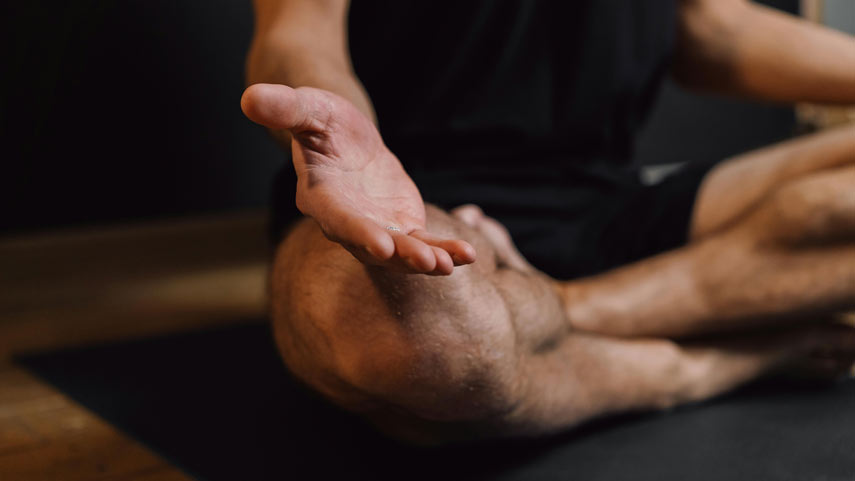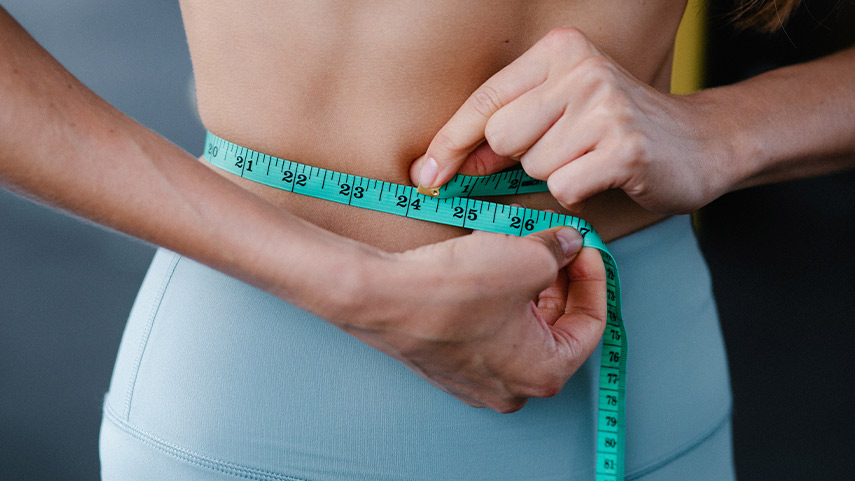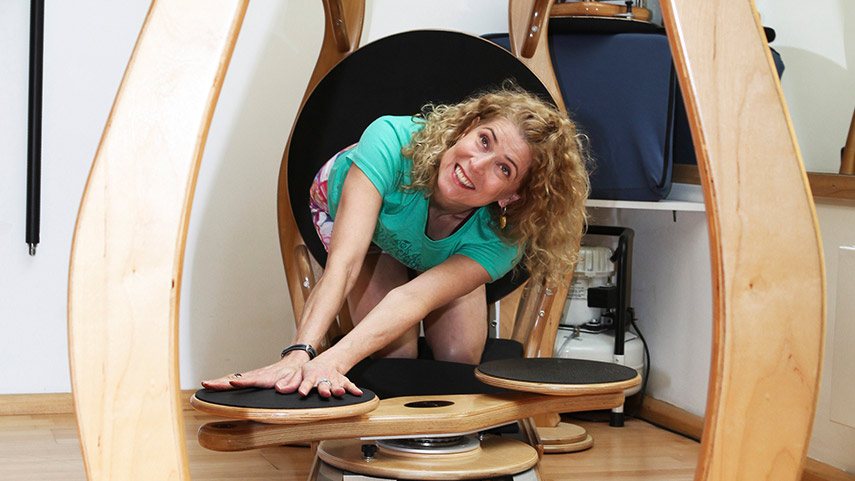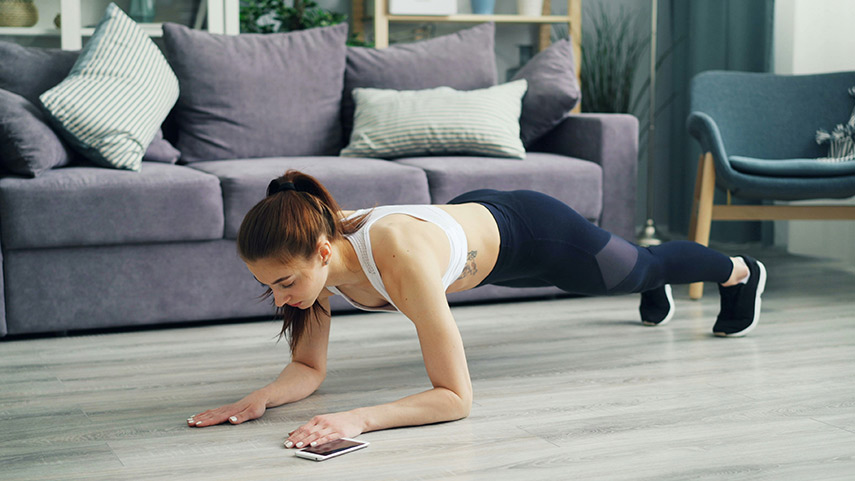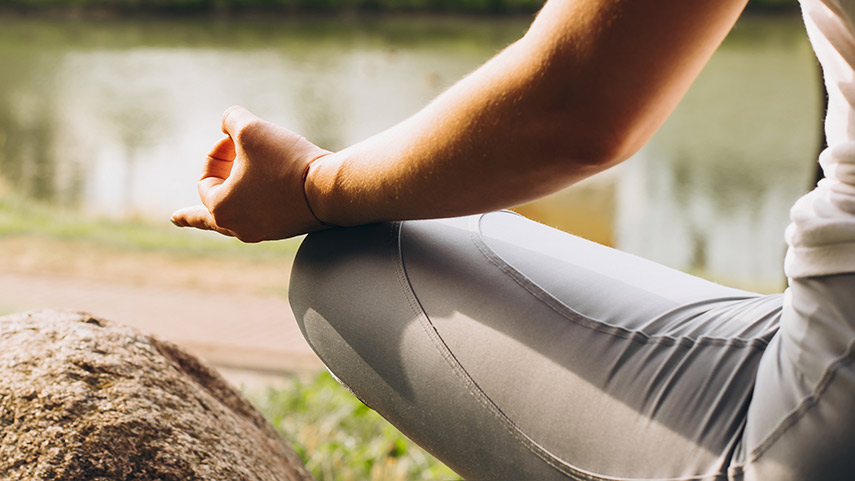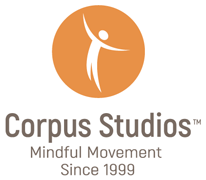Pilates for Men: Unlocking Strength, Flexibility, and Balance
Myths about pilates for men
Myth 1: pilates is only for women
Myth 2: pilates is for the lazy
Myth 3: The gym is better for building muscle
Myth 4: Pilates lacks variety and will get boring
Myth 5: Pilates is not effective for weight loss
The main benefits of Pilates for men
Core strengthening and improved posture
Examples of exercises:
- The Hundred: This classic Pilates exercise focuses on core strength and stability. Lying on your back, you lift your legs to a tabletop position and pump your arms while engaging your core.
- Plank: Holding a plank position strengthens the core and improves shoulder stability and overall body alignment.
- Roll-Up: This exercise targets the abdominal muscles and helps develop spinal articulation and flexibility.
Increased flexibility and mobility
Examples of exercises:
- Spine Stretch Forward: Sitting with legs extended, you reach forward, elongating the spine and stretching the hamstrings and lower back.
- Saw: This rotational stretch targets the spine, hamstrings, and shoulders, improving overall flexibility and mobility.
- Leg Circles: This exercise, performed lying on your back, involves making circles with one leg while keeping the core engaged. It helps loosen the hip joints and increase the range of motion.
Improved strength and endurance
Examples of exercises:
- Single Leg Stretch: This exercise targets the abdominal muscles and improves lower body strength.
- Teaser: Balancing on the sit bones while extending and bending the legs challenges the core and leg muscles.
- Side Kick Series: These exercises work the hip abductors, glutes, and core, enhancing overall lower body strength.
Injury prevention and rehabilitation
Examples of exercises:
- Pelvic Curl: This exercise strengthens the glutes and lower back while improving spinal mobility.
- Clamshells: This exercise, performed lying on the side with knees bent, targets the hip abductors, helping to stabilize the pelvis and prevent lower back pain.
- Shoulder Bridge: This exercise strengthens the glutes, hamstrings, and lower back, which are critical for maintaining a healthy spine.
Pilates is renowned for its rehabilitative benefits. By focusing on controlled, low-impact movements, Pilates helps recover various injuries. It strengthens the muscles surrounding the injured area, improves circulation, and promotes proper alignment. Men recovering from sports injuries, surgeries, or chronic conditions find that Pilates aids their rehabilitation process, helping them regain strength and mobility more effectively.
Pilates and men: real-life examples
The legendary soccer player David Beckham incorporated Pilates into his training regimen to improve his flexibility, core strength, and overall athletic performance. Beckham credits Pilates with helping him extend his career and stay injury-free despite the physical demands of professional soccer.
The NBA superstar, LeBron James uses Pilates to maintain his fitness and prevent injuries. LeBron’s focus on core strength and flexibility through Pilates has been instrumental in his sustained high performance on the basketball court.
Andy Murray, the tennis champion, turned to Pilates to enhance his core stability, flexibility, and balance. These improvements have contributed to his agility and endurance during matches and aid in his recovery from various injuries.
Real-life examples
John Smith, Marathon Runner: John, a dedicated marathon runner, started Pilates to address recurring hip pain. After incorporating Pilates into his routine, he experienced a significant reduction in pain and improved his running form and endurance. John now includes Pilates in his weekly training schedule to maintain his performance and prevent injuries.
Michael Johnson, Corporate Professional: Michael, a 45-year-old executive, struggled with chronic back pain due to long hours at his desk. Pilates helped him strengthen his core and improve his posture, leading to a dramatic reduction in back pain and an overall improvement in his quality of life. Michael now swears by Pilates as a crucial part of his fitness routine.
Research and statistics
Scientific data supporting Pilates for men:
- Improved Core Strength and Stability: A study published in the Journal of Strength and Conditioning Research found that participants who practiced Pilates for 12 weeks significantly improved core strength and stability compared to a control group.
- Enhanced Flexibility and Range of Motion: Research in the Archives of Physical Medicine and Rehabilitation demonstrated that regular Pilates practice led to increased flexibility and range of motion in both the upper and lower body among male participants.
- Injury Prevention and Rehabilitation: A study from the Clinical Journal of Sports Medicine highlighted that Pilates effectively prevents injuries and aids in rehabilitation by strengthening and stabilizing muscles and improving overall body mechanics.
- Mental Health Benefits: According to a study published in Psychology of Sport and Exercise, men who practiced Pilates reported reduced stress levels, improved mood, and enhanced mental clarity. These psychological benefits are attributed to the mindful movement and breathing techniques integral to Pilates.
- Overall Fitness and Performance: A comprehensive review in the International Journal of Sports Science & Coaching concluded that Pilates training enhances overall physical fitness, including cardiovascular endurance, muscle strength, and balance, making it a valuable addition to traditional training programs for male athletes.
Incorporating Pilates into your training regimen
Tips for beginners
- Start with the Basics: If you’re new to Pilates, begin with a few introductory classes to understand the foundational movements and principles. Many studios, including Corpus Studios™, offer beginner sessions tailored to newcomers.
- Find a Qualified Instructor: A certified Pilates instructor can guide you through proper techniques and ensure you perform exercises correctly, minimizing the risk of injury. At Corpus Studios™, our experienced trainers are dedicated to helping you achieve your fitness goals.
- Use Proper Equipment: While Pilates mat exercises are highly effective, incorporating equipment like reformers, Cadillac machines, and small props can enhance your workout. Our studio is equipped with state-of-the-art Pilates apparatus to support your training.
- Focus on Form and Breathing: Pilates emphasizes precise movements and controlled breathing. To maximize the benefits, concentrate on executing each exercise with proper form and maintaining a steady breathing pattern.
- Be Consistent: Like any fitness regimen, consistency is key to seeing results. Aim to practice Pilates at least two to three times a week to build strength, flexibility, and endurance over time.
- Listen to Your Body: Pay attention to how your body feels during and after each session. If you experience discomfort or pain, consult your instructor to modify exercises. Pilates should challenge you without causing injury.
Integrating Pilates with other workouts
1. Combining Pilates with Cardio:
- Alternate Days: Schedule Pilates sessions on alternate days with your cardio workouts. For instance, if you run or cycle on Mondays, Wednesdays, and Fridays, dedicate Tuesdays and Thursdays to Pilates.
- Warm-Up or Cool-Down: Use Pilates exercises as a warm-up or cool-down for your cardio sessions. This can help improve flexibility and prevent injuries.
2. Incorporating Pilates with Strength Training:
- Complementary Sessions: Perform strength training on the same day as Pilates, but at different times. For example, lift weights in the morning and do a Pilates session in the evening to balance strength and flexibility training.
- Integration within Workouts: Include Pilates principles within your strength training routine. Focus on core engagement, controlled movements, and proper breathing during weightlifting exercises.
3. Balancing Training Load:
- Recovery and Rest: Pilates is excellent for active recovery. On days when you need to rest from high-intensity workouts, a gentle Pilates session can help you recover without compromising your fitness.
- Cross-Training: Use Pilates as a cross-training tool to enhance your overall athletic performance. It can help address muscle imbalances, improve range of motion, and support injury prevention.
4. Customizing Your Routine:
- Personalized Plans: Work with a Pilates instructor to develop a customized training plan that integrates Pilates with your existing workout regimen. At Corpus Studios™, our trainers can tailor sessions to fit your fitness needs and goals.
- Progressive Overload: Gradually increase the intensity of your Pilates exercises as you build strength and endurance. This ensures continuous progress and adaptation.
Conclusion
Integrating Pilates into your fitness routine offers numerous benefits, from enhanced core strength and flexibility to improved athletic performance and injury prevention. You can create a well-rounded and effective workout regimen by following these tips and combining Pilates with cardio and strength training. At Corpus Studios™, we support you on your fitness journey. Start incorporating Pilates into your training today and experience the transformative power it brings to your body and mind.

